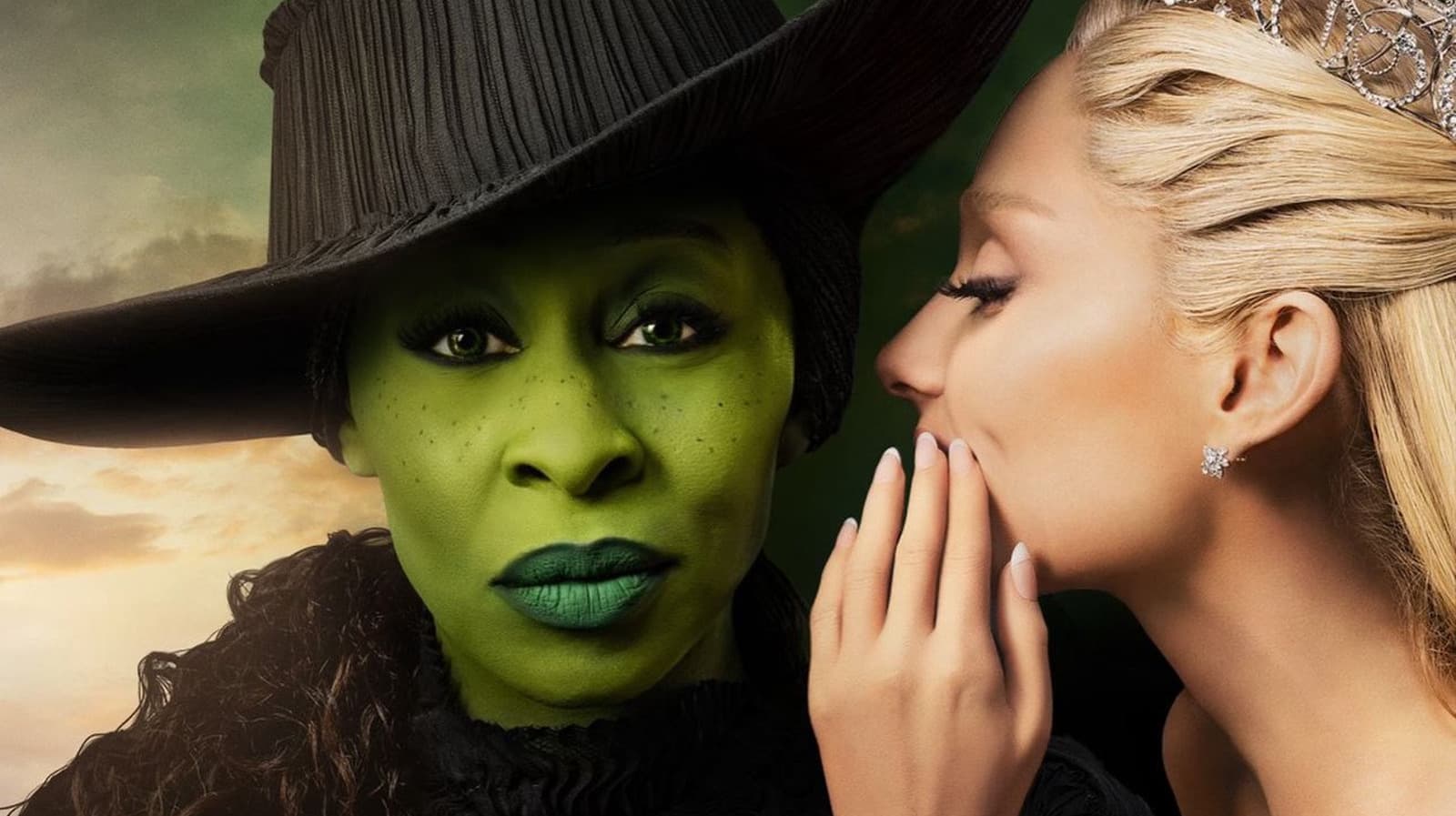Philadelphia Museum Accuses Former Director Sasha Suda of Theft
The Philadelphia Museum of Art filed a formal response in November accusing former director Sasha Suda of mishandling and alleged theft of museum property, escalating a dispute that began with Suda's own civil suit earlier in the month. The confrontation raises urgent questions about stewardship, governance, and donor confidence at one of the nation's major cultural institutions.

In a court filing dated November 2025, the Philadelphia Museum of Art accused its former director Sasha Suda of mishandling and alleged theft of museum property, intensifying a legal conflict that Suda initiated earlier in the month. The museum set out counterclaims that seek restitution and the return of items it says were improperly taken or retained, and the documents lay a framework for contested discovery and further hearings.
The filings, first surfaced in art sector legal briefs and summarized in art news feeds on November 22, 2025, portray a dispute that goes beyond interpersonal conflict to implicate institutional administration during Suda's tenure. The museum's response details its theories of liability and requests judicial relief, while Suda's earlier suit challenged actions taken by the museum and its trustees. Together the filings mark a transition from internal disagreement to a full scale civil battle that could play out over months.
For the Philadelphia Museum, the confrontation risks more than a courtroom outcome. Reputational damage is immediate and tangible in the cultural economy where trust underpins philanthropy, corporate partnerships, and long term loans of major artworks. Lenders and lenders public and private often condition major object loans on a museum's records and governance practices. Protracted litigation may complicate the museum's ability to secure future exhibitions, increase insurance costs, and prompt greater scrutiny from funders whose contributions are essential to operations and capital projects.
The case also lands within a broader industry context in which museum governance and executive accountability have been under intensified public scrutiny. Questions about stewardship of collections directly touch on public expectations that museums preserve cultural heritage and handle donor gifts with transparency. Lawsuits of this kind can catalyze governance reviews, board reshuffles, and revised policies on acquisitions and deaccessioning. Trustees and directors nationwide will likely watch closely as the Philadelphia proceedings unfold.
Beyond the institutional and market effects, the dispute has cultural and social implications. Museums occupy a central place in civic life and their credibility matters for community relations and educational missions. High profile legal battles can erode public confidence in cultural institutions at a moment when many are seeking to expand access and rebuild audiences. The case may prompt calls for clearer oversight mechanisms and for museums to publish more robust provenance and inventory practices to reassure the public and stakeholders.
Legal analysts expect the next phase to involve discovery into internal records, communications, and the handling of contested items. Those procedures could uncover facts that clarify whether alleged misconduct was personal, managerial, or the result of ambiguous policy. Depending on what emerges, the litigation could end in settlement, restitution orders, or further litigation that forces structural changes at the museum.
As the case proceeds, the Philadelphia Museum of Art faces the dual challenge of defending its collection and stabilizing the institutional trust that underwrites cultural life. How the museum and Mr. Suda navigate the courtroom and the court of public opinion will matter to donors, patrons, and the wider art world.


